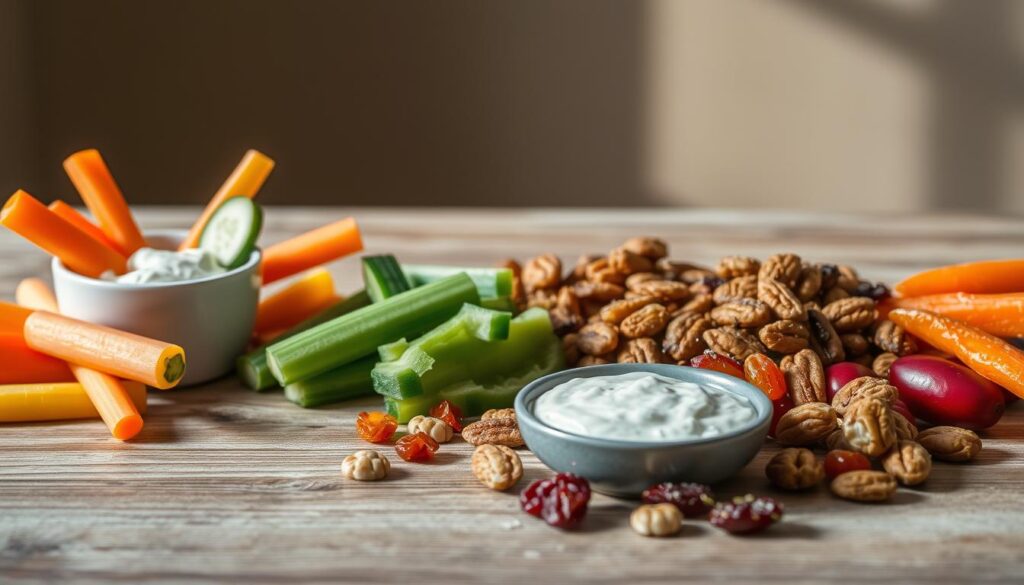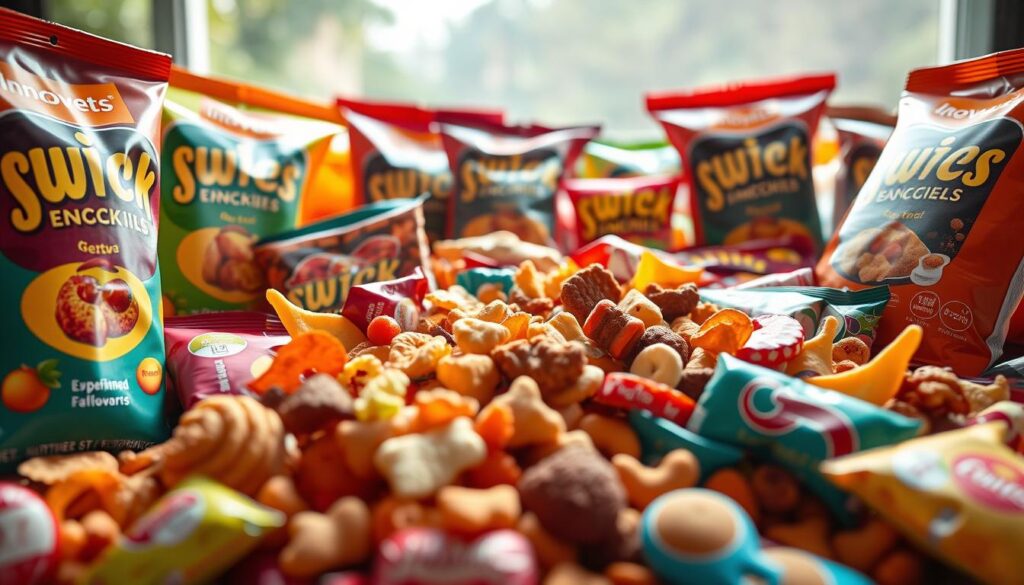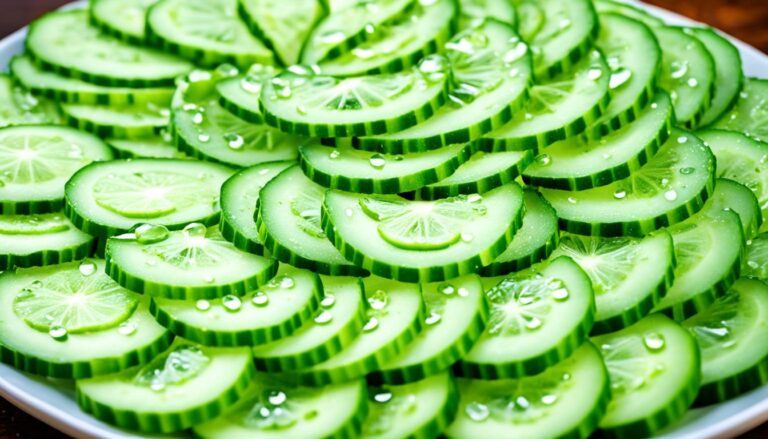The way we snack has changed dramatically. Consumers are no longer just looking for a quick bite they’re seeking snacks that fit their lifestyle and health goals.
Recent market research reveals that 91% of global consumers have at least one snack per day with 61% having two or more highlighting the central role snacking plays in modern diets.
As we explore the evolving trends in the snack food industry we’ll examine how manufacturers are responding to the changing demands of consumers and what this means for the future of snacking.
Key Takeaways
- Understanding the shift in consumer preferences towards healthier snacking options.
- Exploring the role of indulgent treats in the modern snacking landscape.
- Analyzing industry insights to predict future trends in snacking.
- Examining how manufacturers are adapting to changing consumer demands.
- Understanding the impact of these trends on the competitive snack market.
The Evolution of Modern Snacking Habits
Modern snacking habits have evolved dramatically influenced by changing lifestyles and consumer preferences. Snacking is no longer restricted to specific times of day many consumers now snack throughout the day due to busy lifestyles and a desire for quick and convenient options.

From Occasional Treats to Lifestyle Staples
The traditional view of snacking as an occasional treat has given way to a more integral role in daily life. In Europe 34% of consumers are using snacks as meal replacements reflecting a significant shift in eating habits. This change is driven by the need for convenience and flexibility in a fast-paced world.
- 71% of Millennials and Gen Z prefer snacking throughout the day rather than adhering to traditional meal times.
- The home remains the primary snacking location for over three quarters of consumers.
All-Day Snacking The New Normal
All-day snacking has emerged as a trend, with consumers abandoning rigid meal schedules in favor of more flexible eating patterns.
Industry data shows that afternoon snacking remains most common, followed by evening snacking. As a result, manufacturers are responding with portion controlled options and nutrient dense formulations designed for multiple consumption occasions throughout the day catering to the evolving needs of the modern consumer.
Current Crunchy Satisfying Snack Trends Driving the Market
The snack industry is witnessing a surge in demand for crunchy and satisfying snacks. This trend is driven by consumers seeking indulgent snacks that provide both taste and satisfaction.
Despite a rising focus on health and wellness, consumers continue to seek snacks that are both enjoyable and pleasurable. Notably 28% of European consumers indulge in snacks primarily for enjoyment and pleasure.
On the Go Convenience Solutions
The demand for convenient snacks is on the rise, driven by increasingly busy lifestyles. Consumers are looking for products that are easy to consume on the go without compromising on taste or quality.
- Portable packaging is becoming a key feature.
- Single-serve sizes are gaining popularity.
Health-Conscious Options
Consumers are also seeking healthier snack options that are made from natural ingredients such as organic fruits nuts seeds, and whole grains. The trend towards health-conscious products is driving innovation in the snacking category.
Indulgent and Premium Experiences
The concept of permissible indulgence has gained significant traction with 76% of consumers expressing a desire to enjoy their snacks without worrying about ingredients or calories. This has led to a rise in demand for premium snacks featuring unique flavors and high quality ingredients, reflecting a shift toward indulgence.
- Premium snacking experiences are driving market growth.
- 45% of consumers are willing to pay more for unique flavors and high-quality ingredients.
The snacking trends indicate a balance between health conscious options and indulgent experiences driving the market forward.
The Balancing Act Health vs. Indulgence
In the world of snacking, a subtle yet significant shift is underway, as consumers seek to reconcile their desire for health with their love of indulgence. This balancing act is redefining the snacking landscape.
Protein Rich and Functional Snacks
The demand for snacks that not only taste good but also offer nutritional benefits is on the rise. Protein rich and functional snacks are becoming increasingly popular as they cater to the consumer need for health and wellness without compromising on flavor.
Plant-Based Innovations
Plant based innovations are another key area where health and indulgence intersect. Manufacturers are developing snacks that are not only cruelty free and sustainable but also rich in flavor and texture appealing to the growing demographic of environmentally conscious consumers.
Permissible Indulgence Guilt Free Pleasure
The concept of permissible indulgence is gaining traction with 76% of consumers wanting to enjoy their snacks without worrying about ingredients or calories. This trend is driving the development of reformulated snacks that reduce sugar fat or calories while maintaining the sensory satisfaction snacking enthusiasts crave.

Read more: Healthy Snacks to Boost Productivity
Flavor Innovation and Sensory Experiences
As consumers seek more exciting taste experiences the snacking industry is responding with novel flavor combinations. The demand for extraordinary products is driving manufacturers to innovate particularly in the realm of flavor.
Global and Regional Flavor Inspirations
The snacking industry is drawing inspiration from global and regional flavors to create unique taste experiences. Global consumers are increasingly seeking snacks that offer a blend of familiar and exotic flavors reflecting a growing openness to new taste experiences.
Regional flavors are being incorporated into snack products allowing consumers to explore different cuisines through their favorite snacks. This trend is driven by the desire for adventure and exploration in eating experiences.
Sweet and Savory Combinations
One of the significant trends in snack innovation is the blending of sweet and savory flavor profiles. Combinations like chocolate with sea salt maple with bacon, and caramel with chili are gaining popularity reflecting a consumer preference for complex and surprising taste experiences.
Manufacturers are also exploring contrasting texture combinations alongside flavor innovations creating products that deliver multiple sensory experiences. This approach caters to the growing demand for snacks that are not only delicious but also engaging.

Social Media’s Impact on Snacking Culture
Social media has revolutionized the snacking industry by influencing consumer preferences and trends. As a result snacking habits are now more shaped by online platforms than ever before particularly among younger consumers who turn to social media for information and inspiration.
The TikTok Effect on Snack Discovery
TikTok has emerged as a significant platform for snack discovery with its short-form videos and hashtag challenges making it an ideal space for snack brands to showcase their products. The platform’s influence on new snack adoption is substantial with many users discovering and sharing their favorite snacks through TikTok.
- Snack brands are leveraging TikTok’s vast user base to promote their products and create viral challenges.
- The platform’s emphasis on visually appealing content has raised the bar for snack packaging and marketing.
Influencer Marketing and Viral Snack Trends
Influencer marketing has become a cornerstone strategy for snack brands with influencers not only promoting products but also participating in product development flavor selection, and packaging design. This collaborative approach helps ensure that snack products resonate with younger consumers and stay relevant in the ever changing snacking landscape.
- Influencers are increasingly involved in the development of new snack products providing valuable insights into consumer preferences.
- The partnership between snack manufacturers and influencers has led to the creation of limited-edition co-branded products and exclusive flavor launches.
Conclusion: The Future of Snacking
The future of snacking is being shaped by a complex interplay of consumer demands, technological advancements, and sustainability concerns. According to Innova Market Insights, several key trends will drive this evolution.
One of the primary trends is Ingredients and Beyond focusing on quality and value through strategic ingredient selection. Additionally, Precision Wellness will lead to snack innovations offering tailored health benefits for specific demographics and lifestyle needs.
The snacking industry is projected to grow at 6.5% annually driven by demand for convenience better for you options, and products delivering both functional benefits and sensory satisfaction. Sustainability will also play a crucial role with 80% of consumers preferring snacks that align with their environmental and ethical values.
As the lines between snacks and meals blur, manufacturers will need to develop more substantial, nutritionally complete snack options. The incorporation of ingredients associated with mood enhancement and stress reduction will also become more prevalent, addressing the needs of the 81% of consumers who snack to escape daily stress.
Looking ahead the future of the snack market will be characterized by personalization sustainability, and trends that prioritize health and wellness, shaping the future of snacking.





